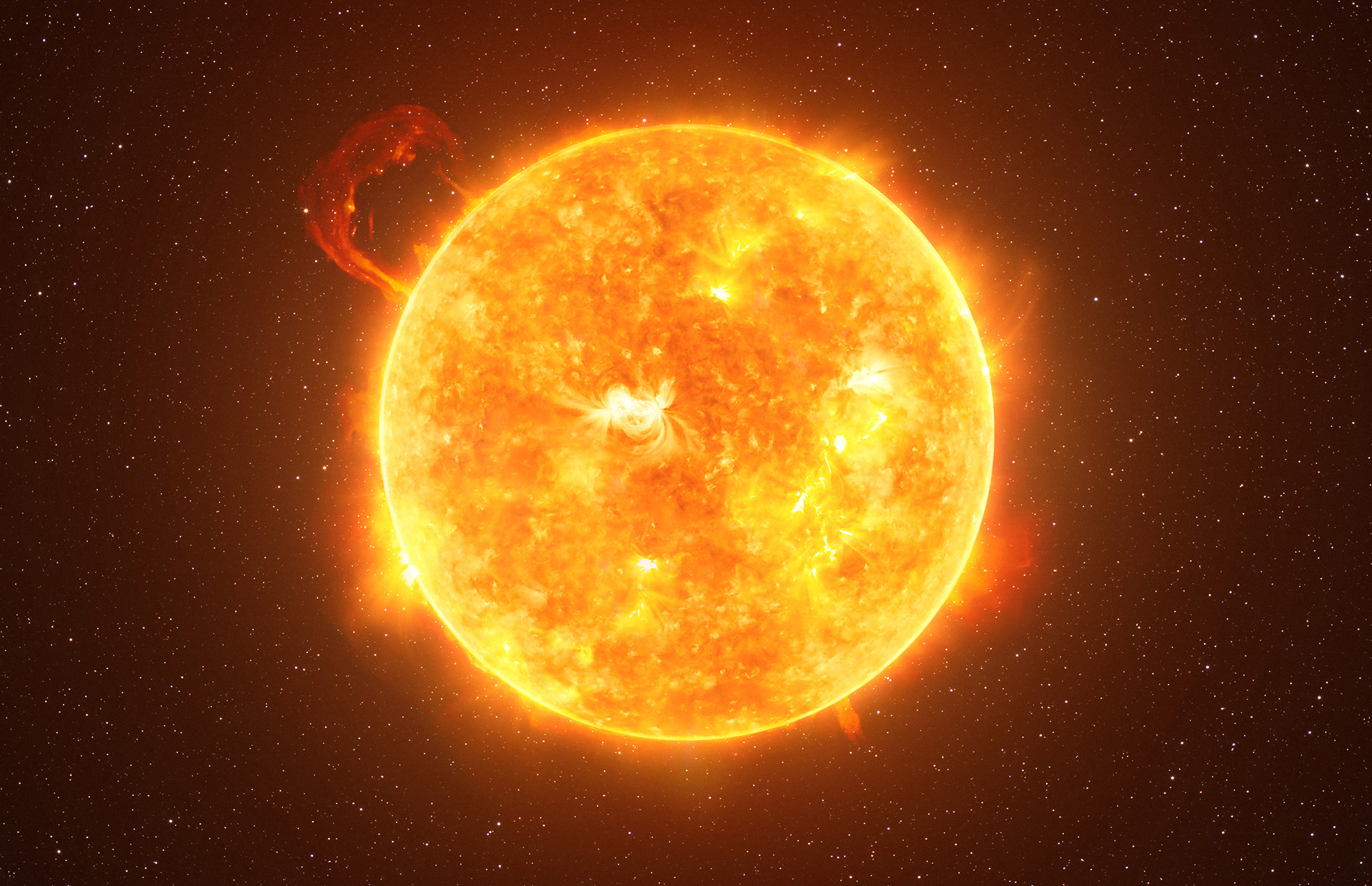Astronomers spotted a “metal scar” on a white dwarf star found within our galaxy. After closer observation, the astronomers say the scar could be the remains of a destroyed planet that the star ate.
The white dwarf, known as WD 0816-310, is a superdense dead star that is located just 63 light-years away from Earth. The star with the scar, as we’ll call it for now, has caught scientists’ attention as we originally assumed that the fragments of planets and asteroids eaten by white dwarfs would spread evenly across their surfaces.
However, that does not seem to be the case, as the white dwarf appears to have a metal scar that stretches across its surface. These new findings are highlighted in a study featured in The Astrophysical Journal Letters, and it says that the leftovers from one of the star’s meals seem to be locked in place by the magnetic fields that hold the star together.

White dwarfs are the slowly cooling embers of stars similar to our sun, which have “died” and are now cannibalizing pieces of their planetary systems. It’s a fate that will likely affect our sun one day and could even be how the Earth is eventually destroyed.
That said, discovering evidence of this metal scar on the star is intriguing because it completely changes everything we thought we knew about how these objects disperse the material left over from their meals. These discoveries were made possible thanks to observations using the Very Large Telescope in Chile.
It allowed the researchers to observe the white dwarf star for two months, at which point they noticed that the metal scar seemed to match up with the changes in the white dwarf’s magnetic field. As such, it appears the star “funnels” the material into its magnetic poles, leaving behind the scar that we observed.
